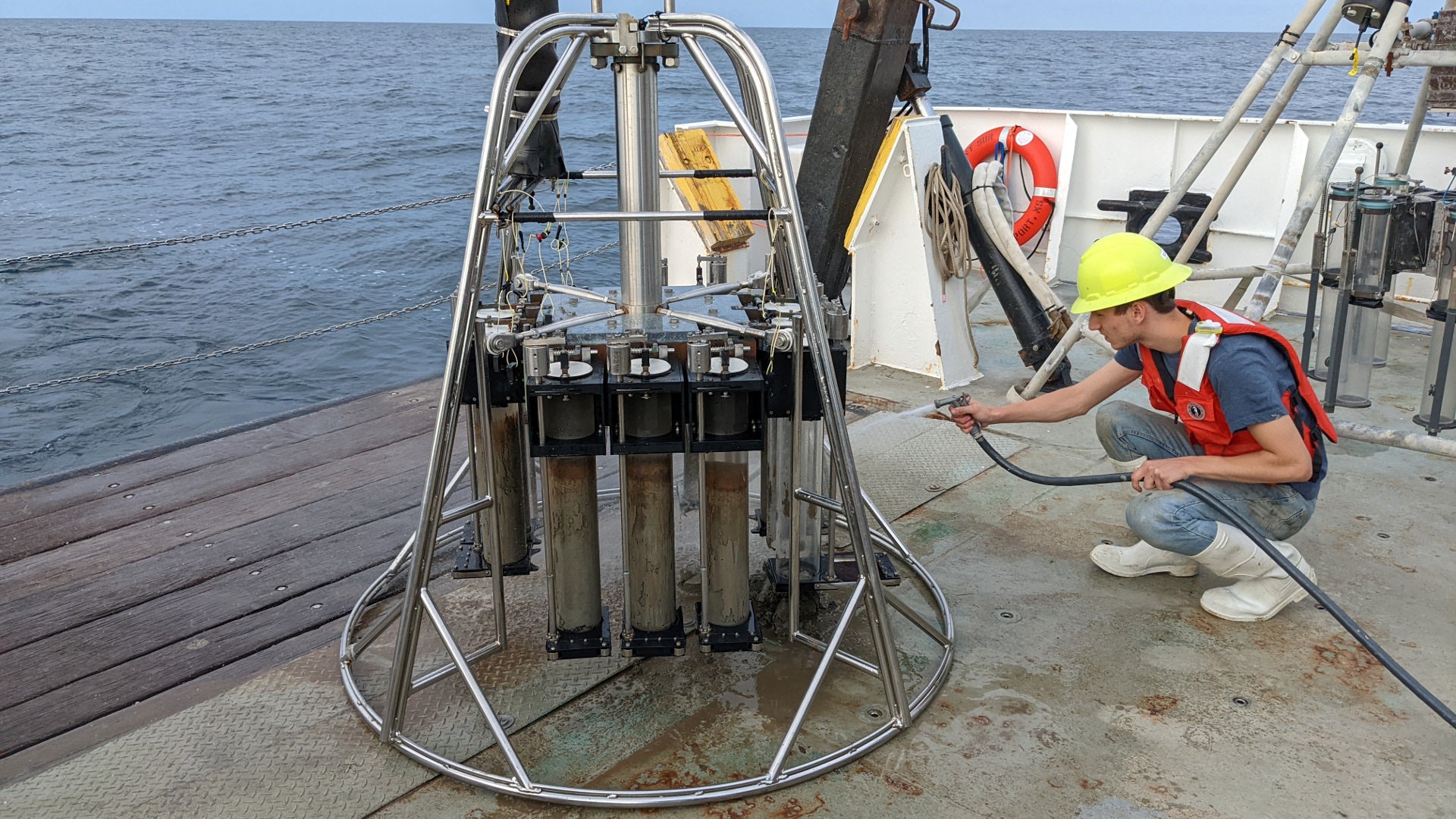
Soft Sediment
Leila Hamdan (USM)
Photo by Unsplash
Overview
Following nearly a decade of study following the Deepwater Horizon oil spill, it is documented that hydrocarbons were deposited on the seafloor as a result of physical and chemical transformations of oil, dispersant, and planktonic biomass into negatively buoyant moieties. It is estimated that ~40% of the oil released during the spill remained in the deep sea, deposited on the seafloor in known and unknown areas through multiple mechanisms, including the interaction of oil with suspended organic and inorganic matter in the water column. Oil transported to the seafloor via these mechanisms occurred rapidly in sedimentation events impacting mesophotic and deep benthic communities. The speed of delivery of material to cold and dark environments may have preserved contaminants on the seafloor for longer periods than expected for oil from natural seepage.
Understanding the longevity of oil and its impacts to benthic communities is a necessary step in assessing the post-impact recovery, and for determining locations for restoration. Characterizing sediment communities is an established approach to understand spatial and temporal impacts resulting from natural and anthropogenic events. The approach is also valuable for determining the connectivity of macro and microbial infaunal communities between habitats. This work comprises soft sediment sampling to capture micro-, meio-, and macrofauna samples concomitant with physical samples to enable biogeochemical and geological analyses across the Gulf of Mexico. These samples will permit the evaluation of functional ecosystem components spanning trophic levels, provide data on the ecological health of impacted and reference areas, and identify indicator taxa and communities to assist with monitoring benthic habitats and their recovery trajectories. This information will support the delivery of information critical to restoration efforts.

